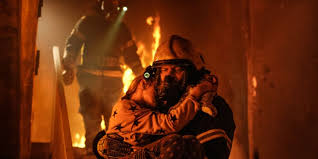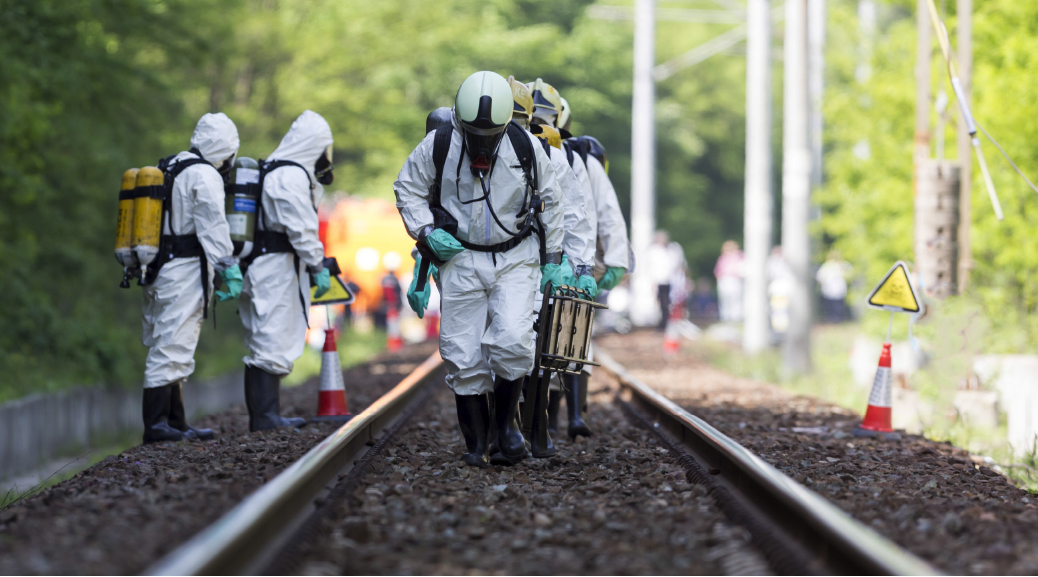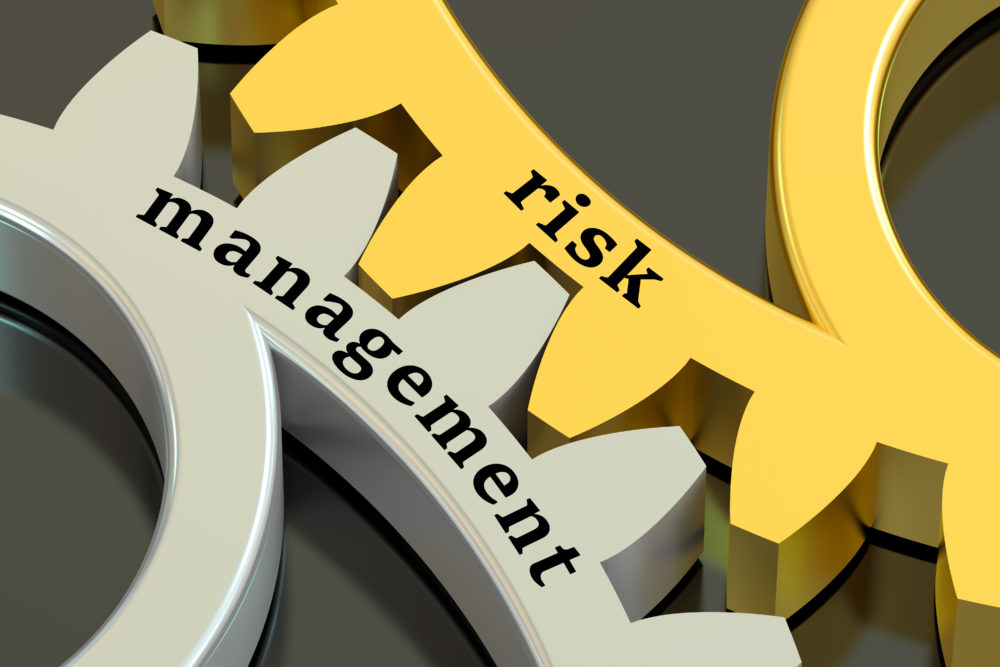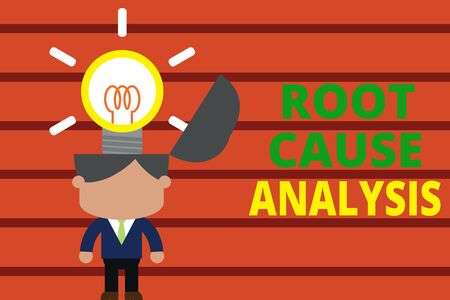

Introduction
This Module will cover state of the art investigation practices for individuals new to fire investigation as well as provide new concepts for those familiar with fire investigation. Students will be able to inspect and evaluate fire scenes, determine area of origin, the ignition source, the materials first ignited and the ignition sequence of the fire. Students will learn to prepare diagrams, record the fire scene with photographic documentation and establish field notes of the incident site. Students will be able to identify, collect and preserve evidence using the proper physical and legal procedures.
This Module will provide information that will allow the student to make presentations in legal settings as well as aid in the preparation of reports that will be useful in the fields of fire investigation, fire prevention and injury prevention.
This Module is taught using a systematic approach discussed in NFPA 921 and NFPA 1033.
Module 1 Fire Risk Assessment
Objectives
Module 2 Fire Investigation
Objectives
This interactive seminar will benefit anyone who desires to develop an organizational understanding of Fire and Safety competences to allow them to carry out Fire Risk Assessment processes, prepare emergency plans and so enhance their careers. It is also intended for those who are responsible for enhancing fire safety awareness and emergency planning practices in industrial applications:
Module 1 Fire Risk Assessment
Program Agenda
Principles of Industrial Fire Risk Assessment, Safety & Emergency Planning
Effective Safety, Fire Prevention and Emergency Planning Program
Communications, Emergency and Evacuation Drills and Exercises
Essentials of Safety Management Systems
Maintenance of equipment, plans and procedures - exercising
Module 2 Fire Investigation
Program Agenda
BTS attendance certificate will be issued to all attendees completing a minimum of 75% of the total course duration.
| Code | Date | Venue | Fees | Register |
|---|---|---|---|---|
| HSE227-01 | 10-05-2026 | Dubai | USD 5450 | |
| HSE227-02 | 02-08-2026 | Manama | USD 5450 | |
| HSE227-03 | 04-10-2026 | Dubai | USD 5450 | |
| HSE227-04 | 13-12-2026 | Marrakesh | USD 5950 |

In spite of all our best efforts, accidents and incidents occasionally occur. These unplanned or undesired events can adversely affect a company’s work operations and may include work-related injuries ...

Managing risk is increasingly being recognized as a critical management skill. Risk uncertainty, assessment, and management, when used correctly is a highly effective problem solving tool for line- m ...

Many organizations fail to learn from their mistakes and near misses, some organizations even fail to learn from their accidents. Often, one can see the same accidents happening over and over again. T ...

An essential part of risk and incident analysis is to provide management with decision making criteria for determining and subsequently establishing an organisation’s range of acceptable, tolerable an ...
Providing services with a high quality that are satisfying the requirements
Appling the specifications and legalizations to ensure the quality of service.
Best utilization of resources for continually improving the business activities.
BTS keen to selects highly technical instructors based on professional field experience
Since BTS was established, it considered a training partner for world class oil & gas institution
1st floor, Incubator Buildingو Masdar City, Abu Dhabi, UAE
Sun to Fri 09:00 AM to 06:00 PM
Contact Us anytime!
Request Info